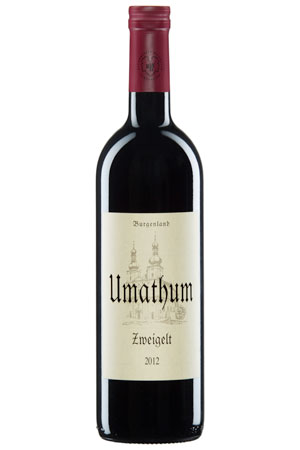Wine: Austrian Reds
Wine expertise from Annabel Jackson
For most, Austrian wine is synonymous with white wine – Riesling, and the increasingly trendy Gruner Vertliner.
But, says Josef Umathum of Umathum wine estate, some parts of Austria are unsuited to white wine production. In the warm and dry easterly region of Neusiedlersee in Burgenland, where he has 30 hectares under cultivation, red grapes ripen beautifully.

Interesting in Austria is that winemakers are not going down the international variety road and focusing on Pinot Noir, as they do in Germany. Rather, they engage with their local grape varieties such as Blaufrankisch, St Laurent, and Austria’s most important red grape, Zweigelt. Biodynamic estate Umathum was one of the first producers, together with names such as Zantho, his joint venture with Wolfgang Peck, to focus on quality Zweigelt. Made well, this gastronomic wine with soft tannins and cherry-spice flavours can age for 5–7 years, or even up to 20 years for premium examples. Zweigelt is a cross of Blaufrankisch and St Laurent.
Blaufrankisch (known as Kekfrankos in Hungary) has quite thick skins and the tannins can be somewhat “rough” says Umathum, meaning that it is not so popular among the Austrian wine drinking community which prefers soft and fruity wines. The Umathum Joiser Kirshgarten 2009, however, shows super rounded tannins balanced with expressive acidity.
St Laurent is one of the parents of Pinot Noir. It is easier to handle in the vineyard than its offspring, and is well adapted to the Austrian climate. It can make deeply coloured, velvety, densely concentrated wines, and makes for a good (and inexpensive) alternative to Pinot Noir.
While there are a few good examples of Austrian Pinot Noir emerging, they do not generally fit into the German quality arena.
However, Umathum says wines made with St Laurent can easily age for 10 years, and become more and more like Pinot Noir as they mature.




















